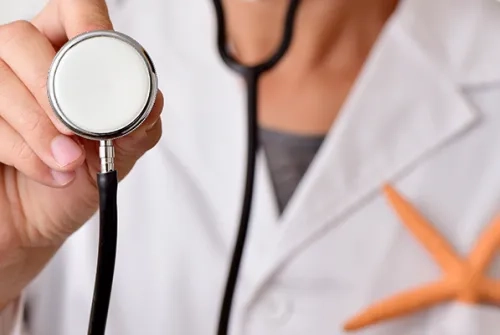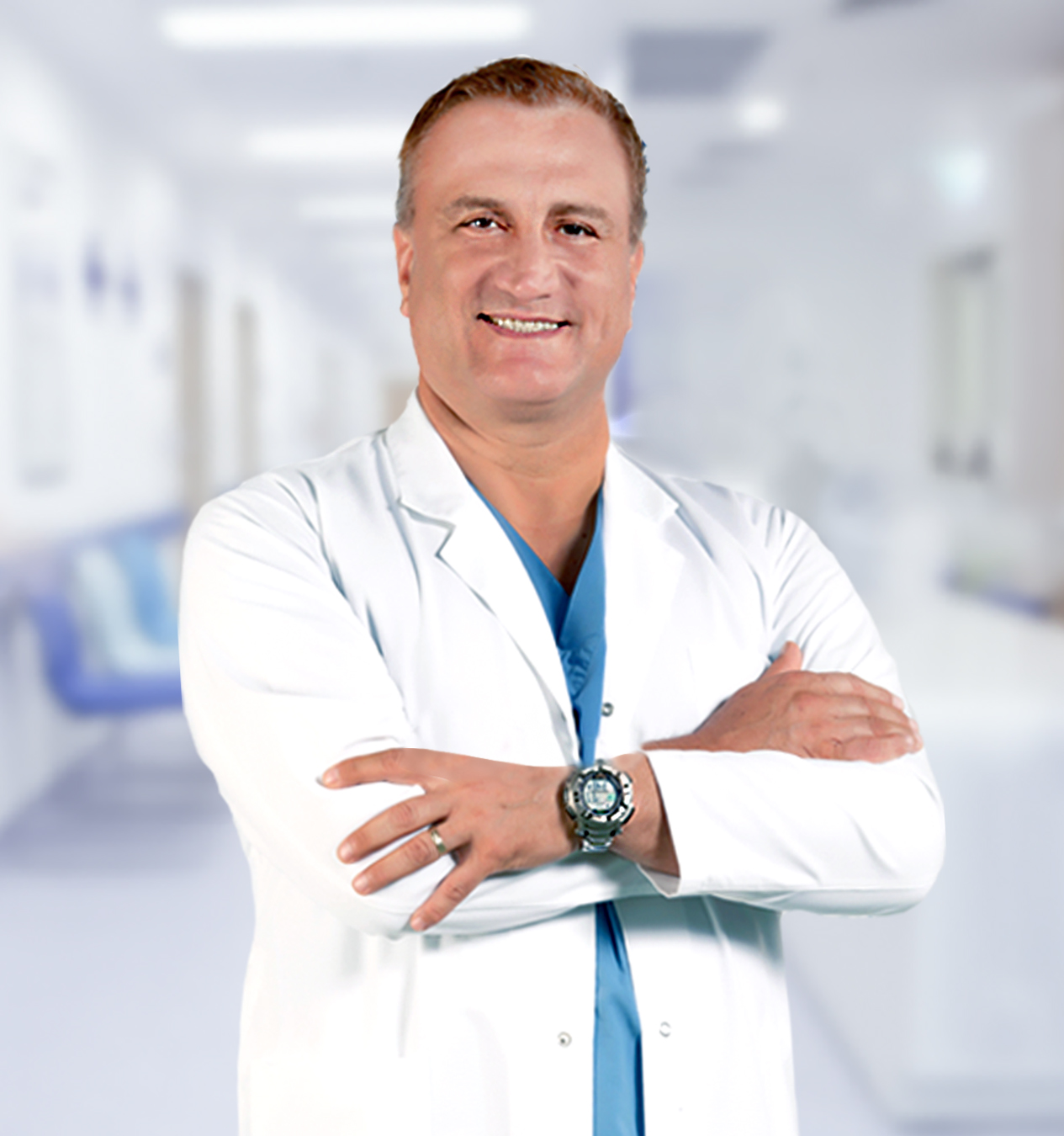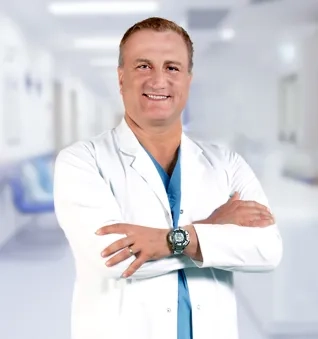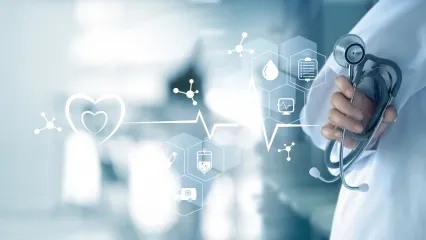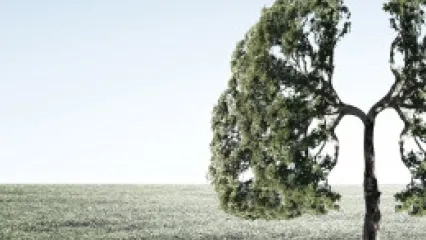First Aid in Accidents
The summer months we are in right now are periods during which more time is spent both on roads and in nature. Therefore, too many accidents, small or large, can be encountered. Saying that it is vital in some cases to take some protective measures to prevent these accidents and to carry out the right applications at the initial stage, Yeditepe University Hospitals Emergency Medicine Specialist Assoc. Dr. Mustafa Ferudun Çelikmen made important statements and conveyed practical information about things to be done in accidents...
In Small Incisions, First Water and Soap
Reminding that the wound should first be cleaned with soap and water in small incisions that may occur during a trip or vacation, Assoc. Dr. M. Ferudun Çelikmen from Yeditepe University Hospital Department of Emergency Medicine noted that alcoholic disinfectant must not be applied to an open wound. Dr. Çelikmen continued his words as follows: "Alcoholic disinfectants can be used in dry cleaning as well as in hand cleaning. If available, physiological serum can also be used for wound cleaning. On the other hand, for injuries that we call penetrating, namely, that enter the skin and are stuck into the tissue, it is indispensable to get the tetanus vaccine. For this reason, it is necessary to renew the tetanus vaccine every five years.”
When a Nail or Splinter is Stuck, First, It is Right to Make the Wound Bleed Through a Small Pressure
Nail stick or splinter prick injuries that can happen to us almost any time are conditions that may be encountered, especially in summer months, on roads, in summer houses, or villages a lot more. Stating that the real important point in preventing problems that may occur in such a case is to get a tetanus vaccine, Assoc. Dr. Ferudun Çelikmen said, “Thorns, nails, or splinters in the soil, they all have a risk of tetanus. That is why getting vaccinated is the first rule. Besides, making the wound bleed is the right approach. Since the bacteria in the wound cannot live in an oxygenated environment, the body sends oxygen to this point with blood. Therefore, as many of us do, making this region bleed slightly is the right approach. Then the region should be washed with water and soap. If you have gauze with you, you should press it on the bleeding wound, then wrap it with an elastic bandage. In smaller incisions, on the other hand, pressing on the wound by hand and lifting it above the heart level also makes it difficult to bleed.”
Falling Has Also Its Own Right Way!
When it comes to accidents, the first thing that comes to mind is falls. Indicating that especially among the children and elderly, fractures in the forearm bones are common, as they extend their arms forward when falling involuntarily, Assoc. Dr. Ferudun Çelikmen said, “Actually, there is also a proper way of falling, which parachuters know very well. You should turn on your side and fall on your buttocks, but it's a little difficult.” He explained how to approach a possible fracture in an accident as follows:
“There are some symptoms that would give rise to the suspicion of fracture. Very severe pain, swelling, numbness, and sometimes bruising in the suspected area are leading symptoms. Since the bones can cut the nerves like a knife in case of fracture, one should look at the motor movements on the fingertip to check the functionality of the nerves. However, the most crucial point in all fractures is first aid. The place suspected of fracture should be fixed between two adjacent joints. In case of fractures in the arm, the part between the elbow and wrist should be positioned so that it does not move. Cardboard can be a solution for fixing. It should be wrapped with cardboard and fixed to the body to be on the same level as the heart. If available, stretch film is also a pretty good solution. Once the arm is fixed, one should apply to an orthopedics specialist."
In the First Aid of Burns Contact With Air Should be Cut Off First
Stating that, when it comes to burns, in addition to first aid, preventive measures must be taken first to minimize the risk, and preparations must have been made beforehand, Assoc. Dr. Ferudun Çelikmen remarked,
"One should not light a fire with flammable substances that will easily transmit the flame to the face, eyes, or arms. Highly flammable materials such as gasoline or thinner should not be approached with fire, and such materials should not be used to light a fire. We encounter highly severe burn cases whose face or hair has been ignited thus. The important point is to know how to light a fire and take the necessary precautions.”
Indicating that during a possible fire, the first thing to do is to cut off the flame's contact with air, Assoc. Dr. Ferudun Çelikmen noted, “At the same time, the burned region can be covered with a wet towel. Or clean water should be poured on the region, and it should be covered."
In Case of Heat Stroke, Lost Water Should Be Replaced First
Sunburn and heat stroke are among the conditions encountered most in the summer months. Stating that here it is vital that the sweating mechanism is not blocked, Assoc. Dr. Çelikmen mentioned:
"Dark clothing should be avoided, especially in cases where it is necessary to stay in the sun or during trekking. You must have water with you to support heat loss by sweating. If not enough water is taken, the body begins to increase its internal temperature. And as a result of this, weakness and fatigue may occur at the beginning. The first thing to do in case of sunstroke is to move away from the sun, which is the source of heat. If possible, the person can take a shower, the clothes on them can be moistened, or a wet compress can be applied to places where large veins pass, such as the armpits, as is done when reducing fever. Warm liquids should be given by mouth. But they should not be cold."
Do Not Apply Yoghurt to Sunburns
Stating that different degrees of sunburn can occur depending on the condition of the skin, Assoc. Dr. Ferudun Çelikmen noted, "First-degree burns are usually defined as sunburn. Sunburn manifests itself with severe redness and tingling on the skin. The brightest thing to do in such a condition is to keep the skin moist. The person can take frequent showers and apply moisturizing creams after the shower to keep the skin moist. Substances such as yogurt or toothpaste must not be applied to sunburns. Such substances lead to the growth of bacteria on the skin and delay the skin's repair process."
Do Not Set Out on a Journey When You Are Sleepless, Put Down Your Phone!
Underlining that it is crucial to be rested and not be sleepless, especially when setting out on long journeys, Assoc. Dr. Ferudun Çelikmen noted,
“Long trips are increasing with the holiday season. Therefore, the number of traffic accidents is also increasing. The first thing to do to prevent this is not to drive a car when you are sleepless. Since our biorhythm switches into sleep mode at night, prefer daytime journeys as much as possible. Another important point is mobile phones. Although they have become indispensable in our lives, it is necessary to get away from mobile phones while driving. Talking on a mobile phone, even if on speaker mode, is highly distracting, and one of the leading causes of accidents.”
Do Not Move the Injured Person After a Traffic Accident
Reminding that one of the crucial mistakes made after traffic accidents is to remove the injured from the places where they are, Assoc. Dr. Ferudun Çelikmen from Yeditepe University Kozyatağı Hospital Department of Emergency Medicine said, "Unless the vehicle is on fire or it poses a pileup risk under snow and winter conditions, the injured people in the vehicle should not be touched by no means. One should call the 112 emergency line as quickly as possible and wait for the professionals to arrive. On the other hand, our country has reached a very good level in this subject. The number of ambulances and crews has increased. However, if there are exceptional conditions and the injured must be removed, they should be removed by protecting their head and neck regions. There are very simple trauma collars, these collars should be kept in the automobile. They can be easily used in case of an accident. The real important issue here is to fix the head and neck so that they do not sway right and left. If there is nothing available, you can support the neck with clothes at hand, or materials such as a roll or towel.
Press Coverage: cumhuriyet | cnnturk | haberturk | gazetevatan | haberler
About
Faculty and Year of Graduation:
Istanbul University Faculty of Medicine
Alo Yeditepe
